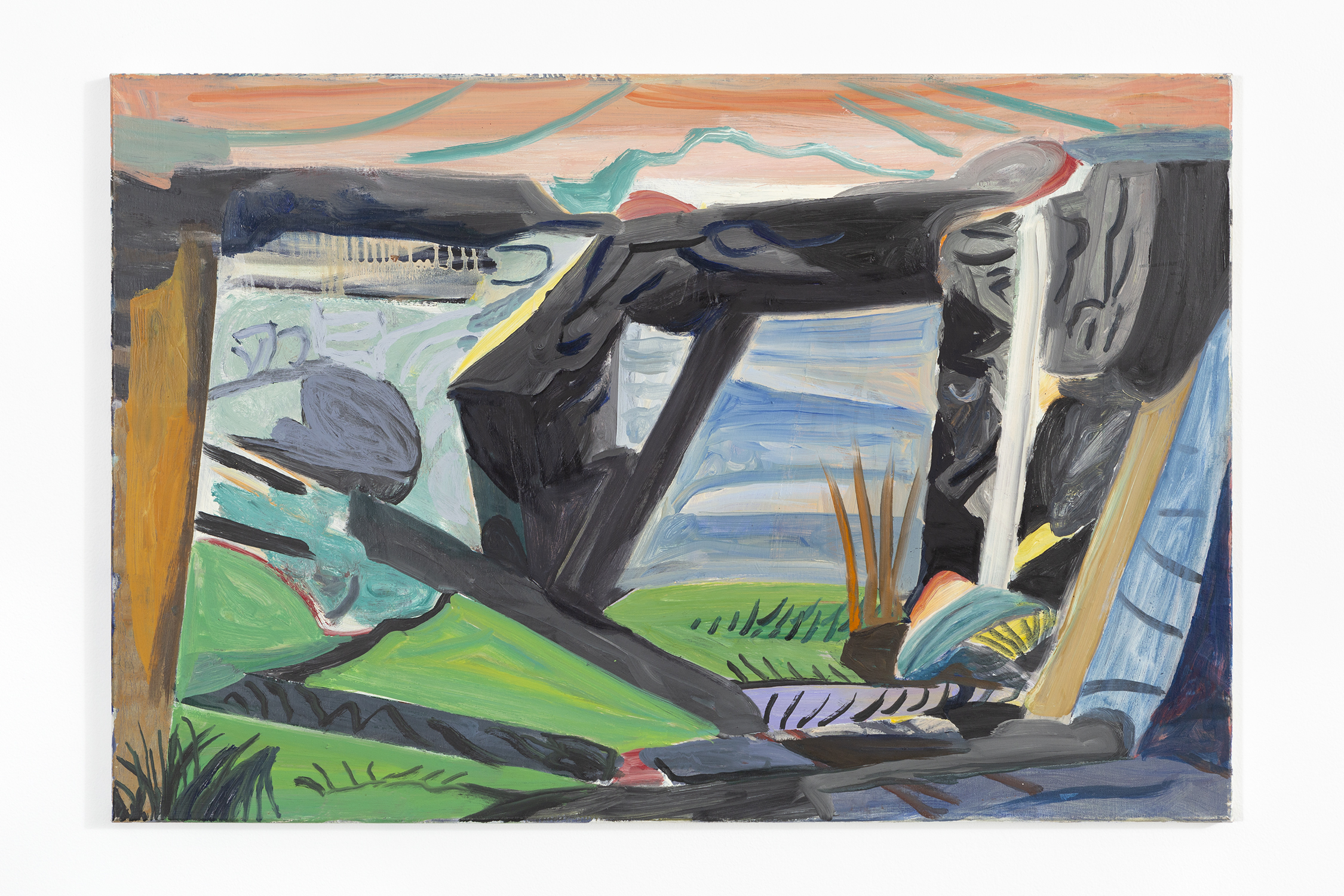ISAMU NOGUCHI IN-50 COFFEE TABLE
"In art, one does not aim for simplicity. One achieves it unintentionally as one gets closer to the real meaning of things." -Constantin Brancusi
Isamu Noguchi’s iconic coffee table is comprised of two pieces of solid wood, interlocking into each other to form a tripod base for the glass above. Constantin Brancusi’s influence is apparent in this work, through Noguchi’s time as Brancusi’s apprentice, with the use of organic shapes and assemblage. This sculptural design has proven the test of time through its unity of harmony, balance, and durability.
EDWARD WORMLEY PYRAMID FLOATING BOOKCASE
Edward Wormley was a longtime director of the Dunbar furniture company, and brought modern design into midcentury residential homes. He had a deep appreciation for traditional design and impeccable craftsmanship. The Pyramid Floating Bookcase can be utilized against a wall or floating in a room to add more dimensionality to put your collection of books and objects on display.
UNTITLED BY SHINNOSUKE MIYAKE
Untitled beautifully captures an instantaneous moment and invites the viewer to be immersed in Miyake’s brushstrokes. The artist’s trust in his impulsive decisions is definite, bringing concrete yet fluid motions to the surface. Read Japanese artist Shinnosuke Miyake’s bio and view his other works here.
















